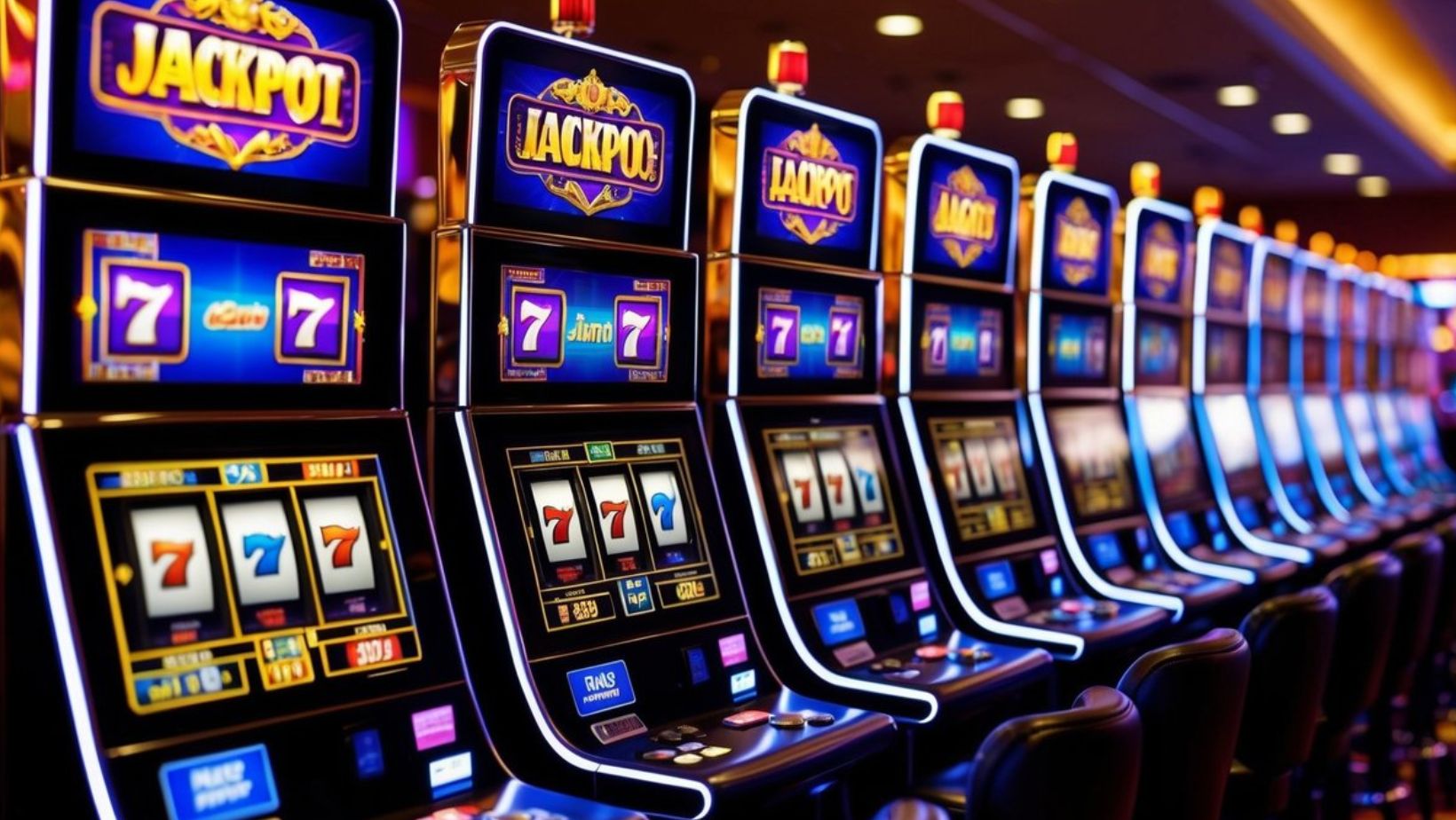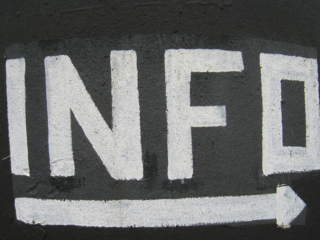Table of Contents
ToggleReal stories of the impact of games in imagination
Video games have entertained players for decades. Some come with eerie legends. These stories remain unexplained and continue to haunt gaming communities like 20bet casino bonus & free spins players. Many are just creepypastas—fictional horror shared online. But some have unsettling ties to reality. That makes them even more intriguing. Here are some of the strangest video game myths that might be true.
1. Polybius: The Government’s Mind-Control Experiment
Polybius is one of gaming’s most infamous legends. The arcade game supposedly appeared in Portland, Oregon, in 1981. Players said it was highly addictive. Some reported hallucinations, nightmares, and even amnesia.
Strangely, men in black were seen at the arcades. They collected data from the machines. This led to theories that Polybius was a secret government mind-control experiment.
No verified copies of the game exist. But some parts of the story may be true. The government did raid arcades suspected of illegal gambling. Some players have suffered bad reactions to flashing lights in games. A famous case involved Pokémon seizures in Japan.
Polybius itself may be a myth. But the idea of video games used for psychological experiments isn’t impossible.
Is it true?
There is no hard evidence of Polybius, but the tale persists, and even major media outlets have explored its origins.
2. Lavender Town Syndrome: The Creepy Pokémon Melody
In 1996, Pokémon Red and Green launched in Japan. The games introduced Lavender Town, a spooky in-game location. Its eerie background music became infamous.
Soon, rumors spread about the original soundtrack. Some claimed its high frequencies caused dizziness, nausea, and even suicidal thoughts. This became known as “Lavender Town Syndrome.”
The myth says developers later changed the music. Some believe it was due to these effects. There is no scientific proof, but some experts say dissonant sound waves can cause discomfort.
True or not, Lavender Town’s eerie reputation remains.
Is it true?
No official reports confirm Lavender Town Syndrome, but the disturbing nature of the theme has kept the legend alive.
3. Ben Drowned: The Haunted Majora’s Mask Cartridge
The Ben Drowned legend tells of a haunted Majora’s Mask cartridge. A user named “Jadusable” first shared the story online.

The game acted strangely. Glitches appeared. The music became eerie. A ghostly Link statue followed the player.
According to the story, the game was haunted. A boy named Ben had drowned before owning the cartridge.
Videos showed unsettling gameplay. This made the legend feel real.
Eventually, Ben Drowned was revealed as a creepypasta. But its detailed story and eerie visuals fooled many.
Is it true?
No, but it remains one of the most iconic gaming creepypastas of all time.
4. Herobrine: The Ghost in Minecraft
The legend of Herobrine began with strange sightings. Minecraft players reported a figure like Steve but with glowing white eyes.
According to the myth, Herobrine was a ghostly presence. He haunted worlds, built strange structures, and watched players from afar.
Minecraft creator Notch denied Herobrine existed. But sightings continued.
Some believe he was a scrapped feature. Others think he was an Easter egg later removed. The mystery remains.
Is it true?
Herobrine was confirmed to be a hoax, but the legend is so ingrained in gaming culture that it still terrifies players today.
5. Killswitch: The Game That Deletes Itself
The legend of Killswitch tells of a lost horror game. It was supposedly developed in the Soviet Union in 1989.
Players explored a dark underground world. They could play as Porto, a human woman, or Ghast, an invisible demon.
The twist? Beating the game deleted it forever. No one could play it again.
Only a few copies were said to exist. But no confirmed version has ever been found.
Some believe the story is a metaphor for forgotten history. Others see it as lost media. The truth is unknown.
Is it true?
Most likely a myth, but the concept of a self-deleting game remains fascinating.
6. Sonic.exe: The Disturbing Corrupted Game
The Sonic.exe legend tells of a haunted game. It was a cursed version of Sonic the Hedgehog.
The game had disturbing imagery. Hyper-realistic blood. Dark themes. A demonic Sonic with glowing red eyes.
Players saw eerie messages like “I AM GOD.” Unsettling laughter echoed through the game.
The story began as a creepypasta. Fan-made games kept the myth alive.
It’s clearly fiction. But the idea of evil hiding in a video game is truly unsettling.
Is it true?
No, but its impact on horror gaming culture is undeniable.
7. The Madden Curse: A Real-Life Gaming Superstition?
The Madden NFL cover curse stands out. Unlike most gaming myths, it’s tied to real events.
Players on the game’s cover often struggle. Many face injuries or a decline in performance.

Several cases fuel the legend. Michael Vick (2004) broke his leg. Shaun Alexander (2007) suffered a career-ending injury.
Some call it coincidence. Others believe the curse is real.
Is it true?
Statistically, it may just be bad luck, but many players remain wary of being chosen for the cover.
8. Squall is Dead: The Final Fantasy VIII Conspiracy
A theory about Final Fantasy VIII suggests Squall dies midway through the game. The rest of the story is his dying dream.
This idea comes from a key scene. Squall is impaled by an ice shard. Yet, he wakes up without a scratch.
Fans say the game’s surreal later moments support this theory.
Square Enix has never confirmed or denied it. The mystery remains.
Is it true?
Unproven, but the theory has enough eerie evidence to make players wonder.
9. The Tails Doll Curse: A Haunted Sonic Character?
One of the strangest legends is about the Tails Doll. This eerie character is an unlockable in Sonic R.
Rumors say playing as the Tails Doll under certain conditions causes paranormal activity. Some even claim it appears in real life.
The story is similar to other cursed object myths. But there’s no real evidence of anything supernatural.
Is it true?
Highly unlikely, but its unsettling reputation persists.
Final Thoughts: Are Any of These Legends Real?
Most of these myths have been debunked. But they show how deeply video games spark the imagination.
Glitches, eerie music, and strange coincidences keep these legends alive. Players remain fascinated—and sometimes, haunted.
The gaming world is vast and mysterious. What real secrets might still be out there?
Would you play Polybius or test the Madden Curse? Maybe a real haunted cartridge is still waiting to be found.
Want to learn more? Check out Listverse, WatchMojo, or Wikipedia.





























































